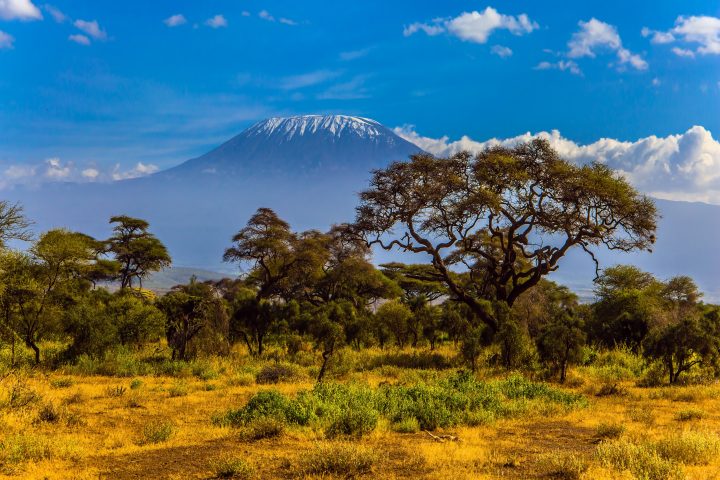'Black swan' event prediction model from Stanford University uses data from a variety of ecosystems to mitigate disasters.
Benefits
- Increased accuracy
- Increased predictability
Applications
- Natural disasters
- Economics
UN Sustainable Development Goals Addressed
-

Goal 8: Decent Work and Economic Growth
-

Goal 11: Sustainable Cities & Communities
The Challenge
A disease outbreak or economic crisis can cause deaths, long-term suffering, widespread devastation, and environmental damage. ‘Black swan’ events are those that are highly unlikely but if they do occur, can have an enormous impact. An accurate prediction model could alert people to prepare for the worst before such an event happens, and potentially mitigate the damage.
Innovation Details
The prediction model uses a combination of empirical dynamic modeling and prior biological knowledge. The model uses long-term data from three ecosystems: an eight-year study of plankton from the Baltic Sea with species levels measured twice weekly; net carbon measurements from a deciduous broadleaf forest at Harvard University, gathered every 30 minutes since 1991; and measurements of barnacles, algae and mussels on the coast of New Zealand, taken monthly for over 20 years. The results indicate that fluctuations in different biological species are statistically the same across different ecosystems. This suggests there are certain underlying universal processes that can be used to forecast extreme events.
Biological Model
Various ecosystems seem to predict disaster before it occurs. The abundance and resistance of an ecosystem is consistently monitored and controlled by the individuals within. When an external force is exerted, the ecosystem responds with a series of discrete events of different magnitudes.





